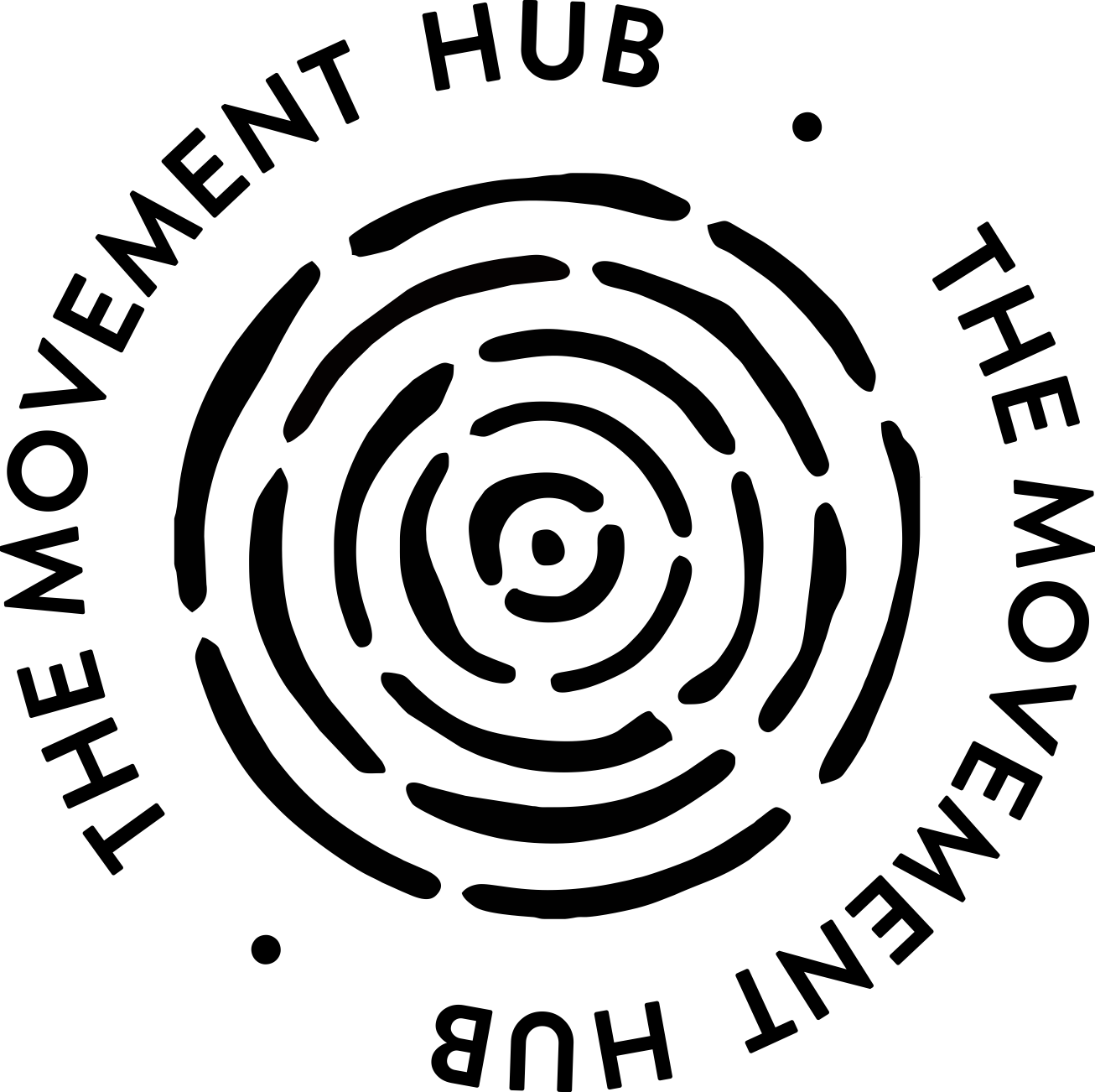
GO OFFLINE:
Even if your petition is online, don’t just rely on social media to promote it. Organize events in the area affected or where people with a special interest in your issue gather. You can even gather signatures in festivals, concerts and other similar events. Face to face promotion creates a stronger connection with the people you involve and their support might even go further than just a signature!
Petitions can be a very powerful tool, as they both raise awareness around an issue and urge people to stand up and demand a change. Few things can have such an effect on decision making as a critical mass of people who are informed about and take action against an injustice. Having said that, you may think that a petition’s success depends on numbers, but on the contrary, a well designed and targeted petition with 500 signatures can be more effective than one with 1 million signatures. The key is to identify your objective and from that select your target (hint: it is not always the prime minister or the CEO of a company).
With so many petitions on various subjects flooding the internet, to make yours successful you need to set a realistic goal and promote it in a smart and catchy way to the right people, whose signatures will make a difference. Use these following steps to get started.
- Formulate your demand. Before you set out to create a petition, you have to be very clear about what you are asking for. What is the practice that you are protesting about? What is the legal change that you want to see happening or the policy you want to be implemented? Make sure your ask is specific and realistic.
- Identify your target. Who is the person who has the power to make the change that you are asking for? You may be tempted to think that those who are well known and in more prominent positions, such as a CEO or a minister, are the ones you should target. While this is sometimes true, those in higher positions are more exposed to criticism and therefore not so vulnerable to it.
- Write your petition. Find a short and catchy title that describes your issue and is no longer than 6 words. Write an introductory paragraph explaining why this issue is so important and what your demand is. This is your accompanying text to the petition. Formulate the petition text as a letter with a recipient (name and title of your target) and a subject line. Explain the issue at hand and provide arguments for the changes that you are asking for. Finish the petition text with your ask in a short and clearly stated paragraph or bullet points.
- Online or offline petition? Online petitions are easier to promote but usually have less weight than offline ones. If your goal is more signatures, maybe an online petition is what you should choose and there are plenty of websites available to do so. Offline petitions require more effort, time and money but can have a stronger effect both on your target and the people who sign them. There are many creative ways to set up offline petitions (think of something more than just a text with a list of names underneath) that can later be nicely packaged and delivered in a way difficult to ignore.
- Set your goal. How many signatures do you need and / or by when do you have to deliver them? The number of signatures depends on your ask and how ambitious it is and on whether your target is easy to be convinced or not. A large number of people may look good but a certain group of people may have more impact!
- How to deliver your petition. The easiest way to deliver your petition is by email, but this is usually not the best way to have an impact. You can wait until you reach your signature goal, gather all signatures and deliver them as part of a creative event that can make the news and attract even more attention around the issue. Signatures can be printed on a prop related to your issue or on separate pieces of paper to show the number of people supporting your ask.





